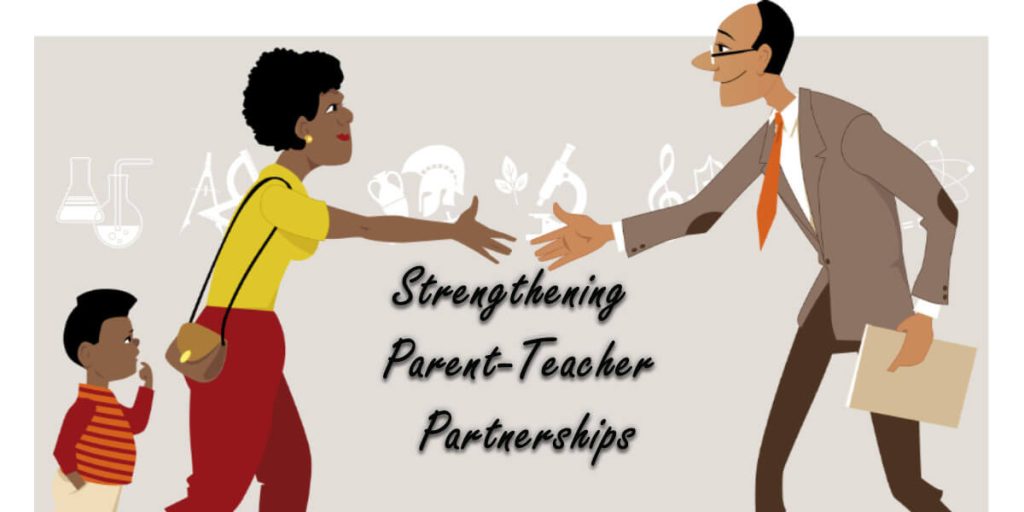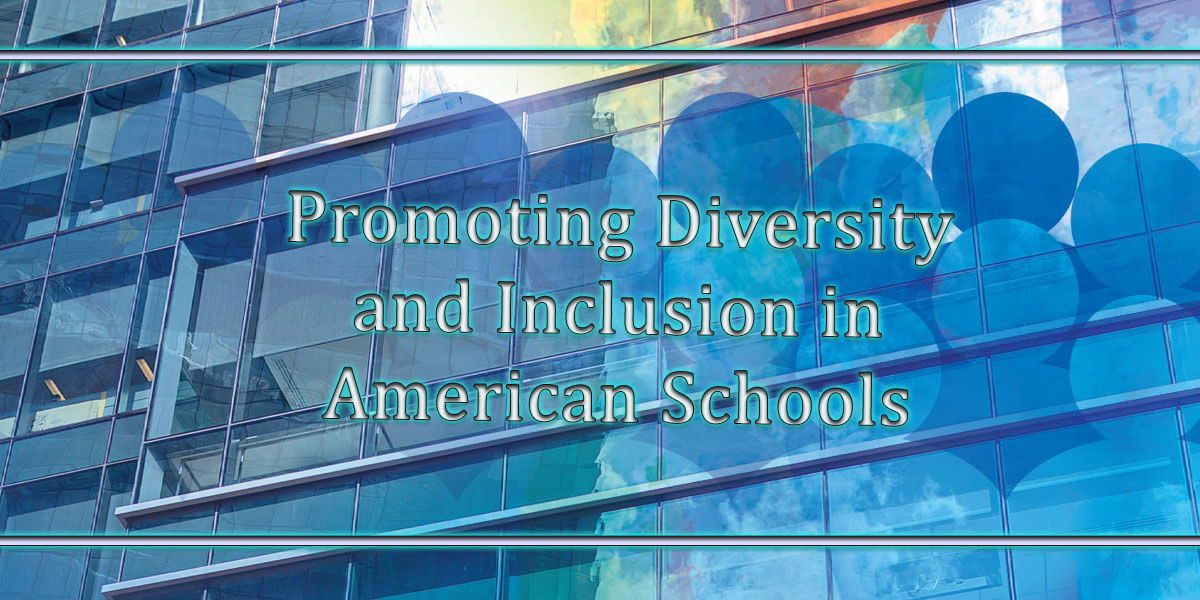Difference on the basis of race, gender, nationality, linguistic, socio-economic status and culture is called diversity. While creating an accepting and welcoming environment which supports diversity and equity is called inclusion. These both processes play an important role in the advancement of education especially in American schools. America hosts a large number of people each year throughout the world, so its schools should pay a closer look to promote diversity and inclusion in its schools.
People that come to United States of America belongs to multiple locations and also have different cultures and norms. It is a challenging process for both schools and migrants to adjust in a totally different culture. To overcome these challenges the government and schools should pay closer attention to diversity and inclusion. We’ll talk about several tactics for promoting diversity and inclusion in American schools in this helping guide.
Best Strategies for Promoting
Accepting Different Cultures
One of the most important principle for advancing diversity and inclusion in American schools is welcoming and accepting multiple cultures. They develop an atmosphere of inclusion and respect by honouring the distinctive traditions, languages, and practices of the numerous cultural groups represented in their student population. This can be achieved through:
- Cultural Awareness Programs
Students can better understand multiple cultures by introducing cultural awareness programs. Training sessions, talks by speakers from other origins, or even cultural festivals that feature food, dance, music, and art from different nationalities are all examples of these programs. Through these activities, youngsters can learn one another’s histories and see how unique and valuable each person is.
- Multicultural Curriculum Integration
Integrating multicultural content into the curriculum is another effective way to promote diversity and inclusion. By incorporating literature, history lessons, and art that represent different cultures around the world, we provide students with a broader perspective on global issues while fostering empathy and understanding.
Providing Equal Opportunities
Encouraging diversity also means to make sure that everyone should get equal opportunities regardless their race, nationality or language. Here are some strategies that can contribute to this objective:
- Diverse Faculty Representation
Teachers from various cultures are role models for students from various countries and backgrounds. Students are motivated to trust in their own potential when they observe teachers who resemble them or come from similar backgrounds flourished in their jobs.
- Accessible Resources for Students
Creating an inclusive environment means providing accessible resources for students with disabilities. To make sure that every student has an equal opportunity to excel academically and actively participate in classroom activities, this can include technological aids, customized curriculum materials, and physical accommodations.
- Affirmative Action in College Admissions
Introducing affirmative action policies in college admissions works to create fairness for groups that have been historically treated unfairly. Colleges can develop a more varied student body that more accurately represents the wider society by taking into account aspects like race, nationality, or socioeconomic background other than academic achievements.
Promoting a Safe and Inclusive Environment

In addition to embracing different cultures and providing equal opportunities, fostering a safe and inclusive environment is essential for promoting diversity in American schools. Students should feel comfortable being themselves without fear of discrimination or prejudice. Here are some strategies to achieve this:
- Anti-Bullying Campaigns
Implementing effective anti-harassment strategies to promote tolerance and respect by raising knowledge of the negative impacts of bullying. Students who receive training in empathy, self-confidence, and resolution of disputes are better equipped to confront bullying.
- Implicit Bias Training for Staff
Conducting implicit bias training for staff members helps them recognize their unconscious biases and ensures fair treatment of all students. By addressing biases head-on, educational institutions can create an environment where every student feels valued and respected.
Strengthening Parent-Teacher Partnerships

Promoting diversity and inclusion requires collaboration between schools and families. Strong parent-teacher partnerships play a crucial role in creating an inclusive educational experience:
- Parent Engagement Programs
Organizing parent engagement programs encourages families from diverse backgrounds to actively participate in their child’s education. These programs can include workshops on cultural competency, parenting strategies, and building strong home-school connections.
- Multilingual Communication
To ensure effective communication with parents whose first language may not be English, providing multilingual resources and interpreters can bridge the language barrier. This enables parents to stay involved in their child’s education and fosters a sense of belonging within the school community.
Policy Advocacy
One of the key ways to promote diversity and inclusion in American schools is through policy advocacy. Following are a few key points for policy advocacy to promote diversity and inclusion in American schools:
- Policy Reform – Advocate for policy reforms at the local, state, and federal levels that prioritize diversity and inclusion in education.
- Data-Driven Approach – Gathering and studying data about students, their grades, and how they’re disciplined helps to promote diversity and inclusion in schools.
- Community Engagement – Engage parents, students, educators, and community members in the advocacy process.
- Lobbying and Awareness – Actively lobby policymakers and raise public awareness about the benefits of diverse and inclusive education.
Culturally Responsive Teaching
Culturally responsive teaching is another essential aspect of promoting diversity and inclusion in American schools. This approach involves educators actively acknowledging and incorporating students’ cultural backgrounds and experiences into the curriculum, creating a more inclusive learning environment for all. Below some important points are discussed on culturally responsive teaching for promoting diversity and inclusion in American schools:
- Student-Centered Approach – Culturally responsive teaching focuses on students. It cares about where they come from and what they’ve experienced. This makes learning more interesting and easier for them.
- Inclusive Curriculum – It involves incorporating diverse cultural perspectives, histories, and voices into the curriculum.
- Equity and Fairness – Culturally responsive teaching is about being fair to all students. It modifies learning so that students of many backgrounds and identities can learn.
- Cultural Competence – Culturally responsive teachers learn about their students’ cultures and backgrounds, which makes students trust them more in class.
Diversity for a Brighter Future
To encourage diversity and inclusion in American schools is an important step towards a community that is more equitable. Schools in America develop necessary skills in their students to become a responsible member of society by accepting different cultures, providing equal opportunities, promoting a safe and sound atmosphere, and strengthening parent-teacher collaboration. To make an environment in which everyone feels safe and get equal rights all partners, parents, teachers and students should work collaboratively.




